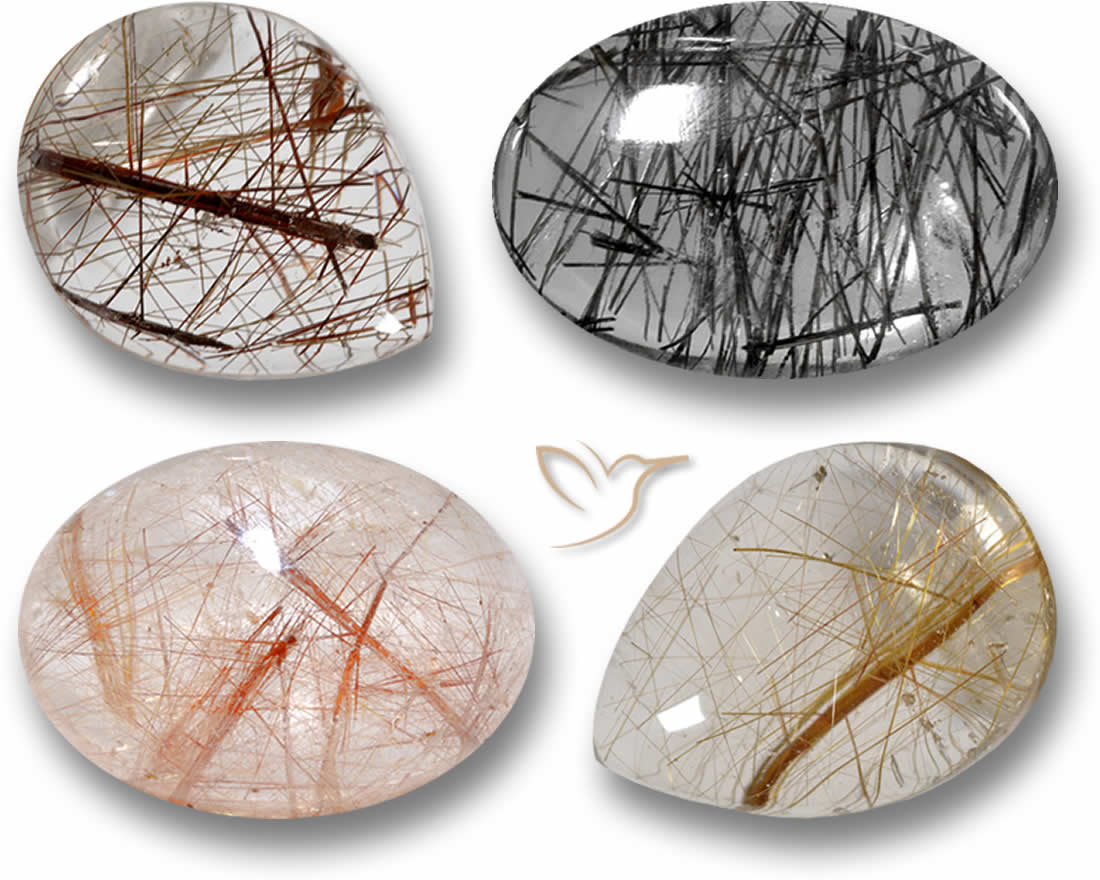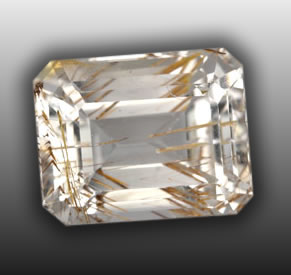Rutilated Topaz Information

Introduction to Rutilated Gems
Rutilated gems have gained popularity in jewelry for their unique inclusions that create striking patterns. Let's dive into what makes these stones special, starting with a familiar favorite and then moving to something a bit different.
Understanding Rutile Quartz
Rutile quartz, also known as rutilated quartz, is clear or smoky quartz featuring inclusions of rutile. These rutile needles form intricate patterns that resemble tiny sculptures inside the stone. Each piece is one-of-a-kind, and that's part of what makes it so appealing for jewelry designs in recent years.
Exploring Rutile Topaz
We recently came across rutile topaz, which looks somewhat similar but brings the benefits of topaz's greater hardness and enhanced sparkle. It's an interesting option if you're looking for something durable with a bit of shine. But here's where it gets intriguing - as we looked closer, we realized the inclusions aren't quite the same as those in rutile quartz.

The Truth About Inclusions in Rutile Topaz
Back in the Summer 1987 issue of Gems & Gemology, the Gemological Institute of America (GIA) shed light on this. Their research showed that the ribbon-like inclusions in what's called rutile topaz are actually limonite staining filling hollow tubes within the topaz. Interestingly, true rutile doesn't form in that ribbon shape in topaz.
Key Mineral Differences
Limonite stands apart from rutile. Rutile is titanium dioxide with a refractive index higher than diamond's, giving it that intense light play. Limonite, on the other hand, isn't a single mineral but a mix of hydrated iron oxides like goethite and lepidocrocite. It's usually yellow-brown and serves as the base for natural earth pigments such as ochre.
Why the Name Sticks Despite the Misnomer
So, "rutile topaz" isn't entirely accurate - it's more of a carryover from its visual similarity to rutile quartz. Even with better information out there, the name persists. Suggestions like "limonite-stained topaz" just haven't caught on in the market. Sometimes, tradition wins out, right?
Comparing Patterns and Appearances
When you line up samples of rutile quartz and rutile topaz side by side, the differences pop out. Rutile quartz often shows a wider variety of patterns, including denser clusters of needles. Rutile topaz, meanwhile, tends to have more open, transparent spaces with finer, more scattered inclusions. Both have their own charm and work well in different jewelry styles.
Frequently Asked Questions
What is rutile quartz?
Rutile quartz is clear or smoky quartz with inclusions of rutile needles that create unique, sculpture-like patterns inside the stone.
What are the inclusions in rutile topaz made of?
The inclusions are limonite staining that fills hollow tubes in the topaz, not actual rutile as the name suggests.
Why is it called rutile topaz if it's not rutile?
The name is a misnomer based on its resemblance to rutile quartz, and it has stuck around despite more accurate information being available.
How does rutile topaz differ from rutile quartz?
Rutile topaz has sparser, more delicate inclusions with greater transparency, while rutile quartz features denser needle clusters and a broader range of patterns.
What advantages does rutile topaz offer?
It provides the added hardness and better brilliance of topaz compared to quartz, making it a durable choice for jewelry.

